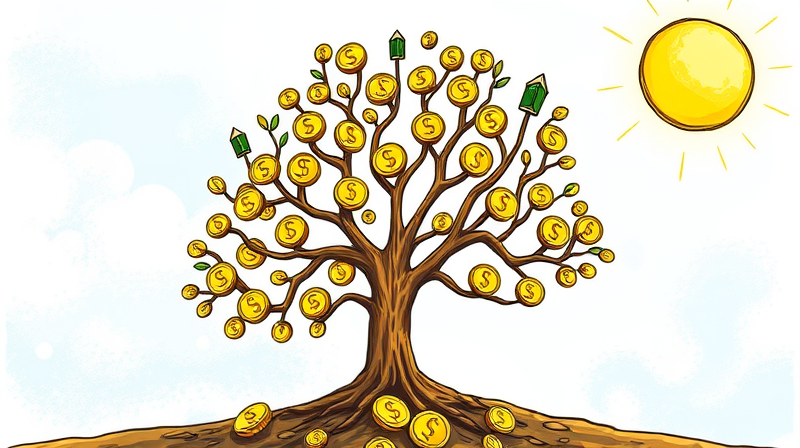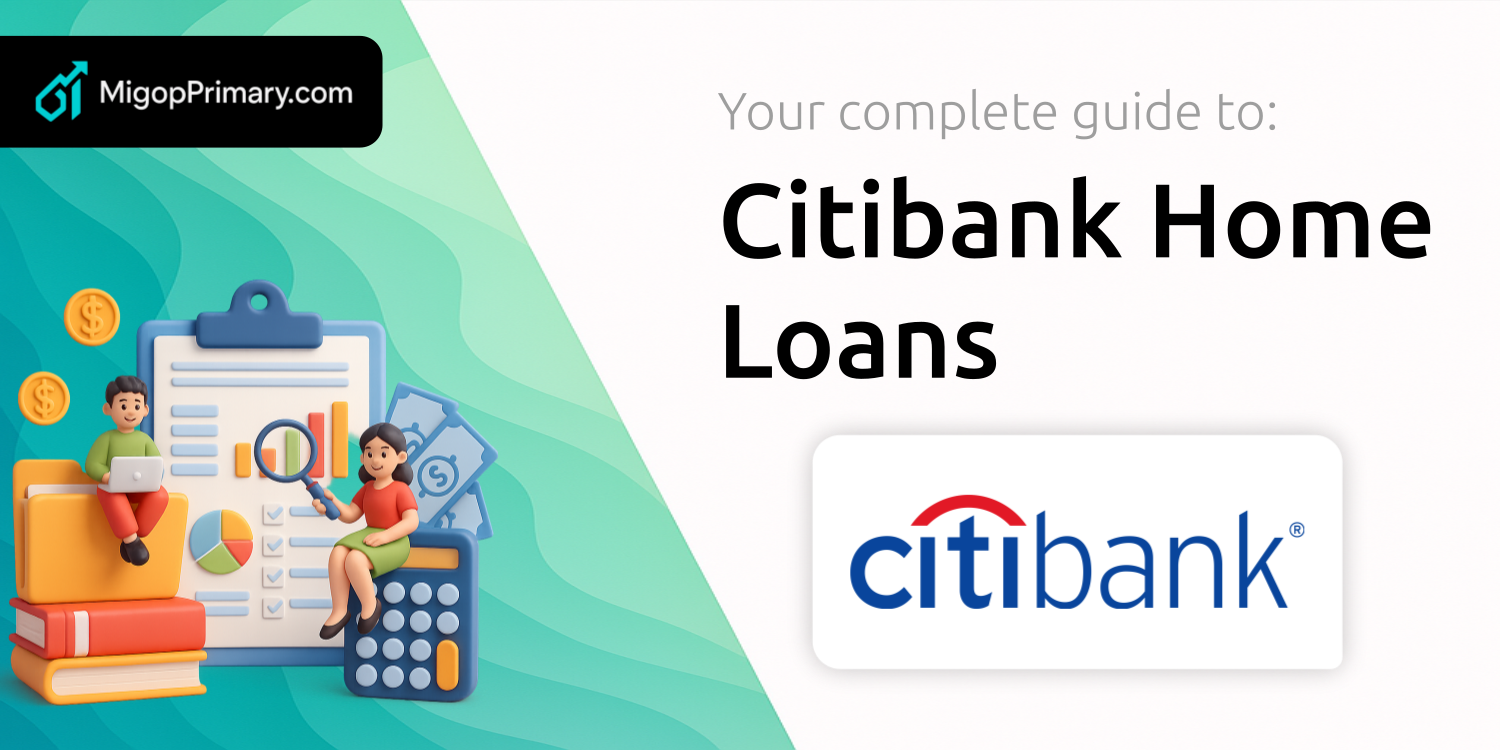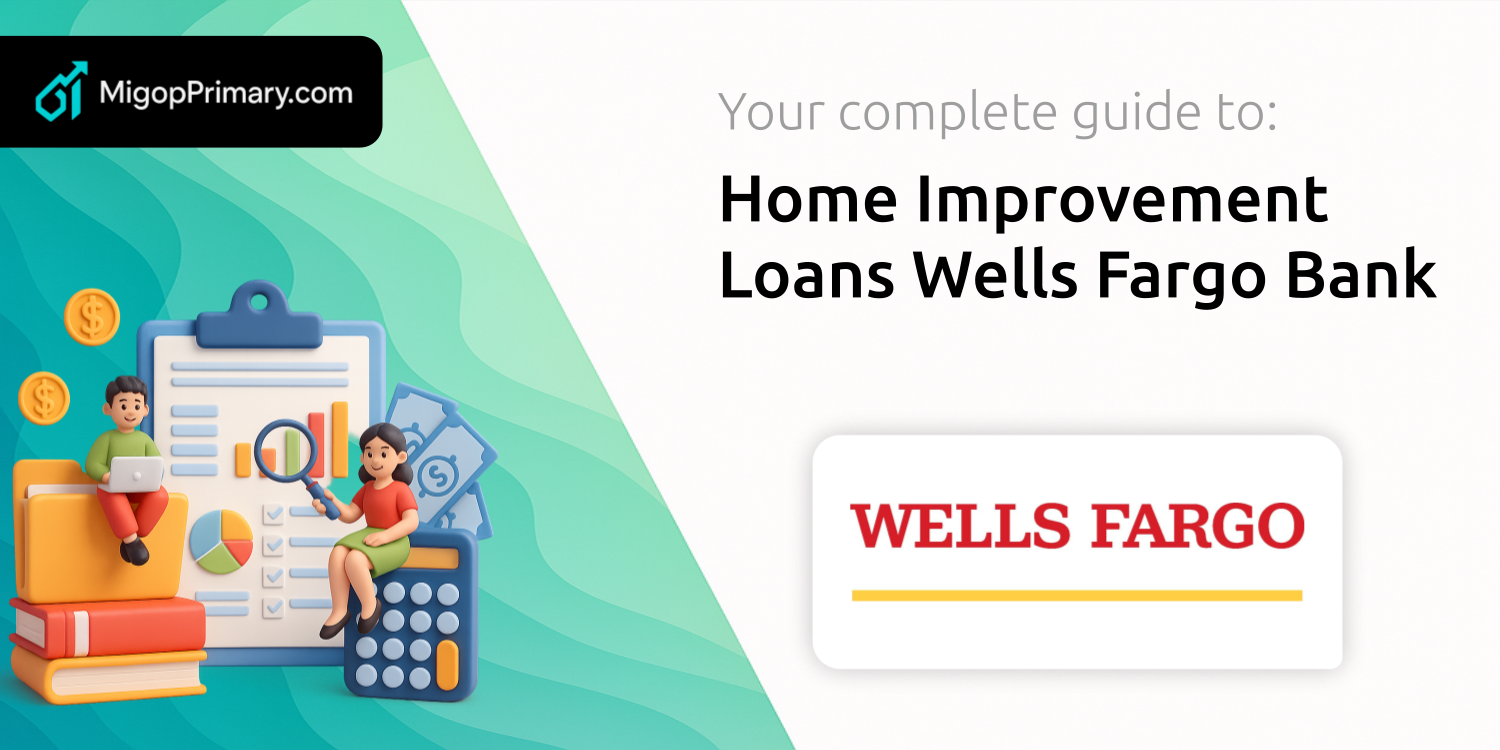
Compound interest is often called the engine behind wealth accumulation. Unlike simple interest, where returns are linear, compound interest multiplies your earnings over time. By reinvesting earnings, you create a powerful cycle of growth. At its core, it relies on interest calculated on both principal and interest, transforming even modest sums into substantial balances across the years.
At its simplest, compound interest means that the interest you earn in one period is added to your principal. In the next period, you earn interest on this new, larger amount. This cycle repeats, generating an exponential growth trajectory across your investments that can far outpace traditional savings or investments.
Albert Einstein is often (though apocryphally) quoted as calling compound interest “the eighth wonder of the world.” This sentiment highlights how compounding can seem almost magical when given enough time. While the exact attribution may be debated, the underlying truth remains: compounding unlocks growth that feels extraordinary compared to straightforward, simple interest.
The standard formula for calculating future value looks like this: A = P (1 + r/n)^(nt). Here:
Once interest is credited, it becomes part of the next calculation. Over time, this creates a snowball effect of financial growth, as each cycle builds on the last. The more frequently interest is compounded—whether annually, quarterly, or monthly—the greater the benefit to your balance.
For example, a 5% annual interest rate on $1,000 compounded once per year grows to around $1,629 after ten years. But if compounded monthly, that same principal can reach approximately $1,647. This difference illustrates why compounding frequency matters so deeply in long-term planning.
Harnessing compound interest offers a range of advantages for anyone looking to build wealth over time. From beginner savers to experienced investors, the benefits remain constant:
To see compound interest in action, consider a few scenarios using a 5% annual rate and $10,000 principal:
Over 10 years:
Simple Interest: $10,000 + ($10,000 × 0.05 × 10) = $15,000.
Compound Interest: $10,000 × (1.05)^10 ≈ $16,289.
The gap widens as time goes on. After 30 years, simple interest yields $25,000, while compounding produces around $43,219. At 50 years, you’d see the stark contrast between $35,000 and $114,674.
Moreover, if you contribute $1,000 each year at 8% annual compounding, your balance grows as follows:
Year 1: $1,080
Year 2: $2,246.40
Year 3: $3,506.11, and so on. Over 20 years, such contributions grow significantly beyond the simple sum of deposits, highlighting how small, regular deposits compound to substantial amounts.
Below is a comparison of simple versus compound interest growth for a $10,000 principal at 5%:
Understanding the difference between simple and compound interest can help you choose the best savings or investment vehicle. In simple interest, returns remain fixed, calculated only on the original principal. With compounding, each interest payment adds to the base for future calculations, offering the exponential growth in investments that many savers seek.
Compound interest is everywhere in finance—from savings accounts at your local bank to retirement accounts like 401(k)s and IRAs. To maximize your outcomes, follow these practical tips:
While compound interest can be a powerful tool, it can work against you in the form of high-interest debt. Credit cards and certain loans often carry compounding fees that can accumulate rapidly if balances go unpaid. To steer clear of debt traps:
- Pay more than the minimum on high-interest balances.
- Avoid accounts with hidden fees that reduce your effective rate.
- Understand the compounding schedule so you can strategize payments effectively.
Fees and taxes can chip away at compounded returns, especially in investment accounts. Always review account statements for service charges or unfavorable tax treatments, and consider tax-advantaged vehicles when possible.
Why is it called “interest on interest”? Because each interest payment is added to your principal, forming a new base for future interest. Your earnings begin generating earnings themselves.
How does compounding frequency affect returns? More frequent compounding periods increase your overall yield. Monthly or daily compounding produces slightly higher balances than annual compounding at the same nominal rate.
Where can I find compound interest? It’s common in savings accounts, money market funds, certificates of deposit, and retirement accounts like IRAs and 401(k)s. Always check the compounding terms.
Why do experts stress starting young? Early investors enjoy more compounding cycles, giving their money time to evolve. Even small deposits grow impressively given decades of compounding.
How can you calculate it for your own accounts? Use the formula A = P (1 + r/n)^(nt) or leverage online calculators to project growth scenarios and compare different rates and compounding schedules.
Compound interest represents money working for you, a self-reinforcing system that transforms patience and consistency into financial security. By understanding the mechanics, starting early, and choosing the right accounts, anyone can harness this principle to build lasting wealth.
Remember, the true power unfolds over time. The moment you deposit capital, compounding begins its invisible yet potent work. Embrace this strategy today and watch your savings take flight, proving that disciplined investing paired with patience can yield rewards beyond simple sums.
Whether you’re saving for retirement, a dream home, or simply a rainy-day fund, compound interest serves as a reliable partner on your financial journey. Begin now, stick to your plan, and let the compounded magic accelerate your progress toward achieving your goals.
References













